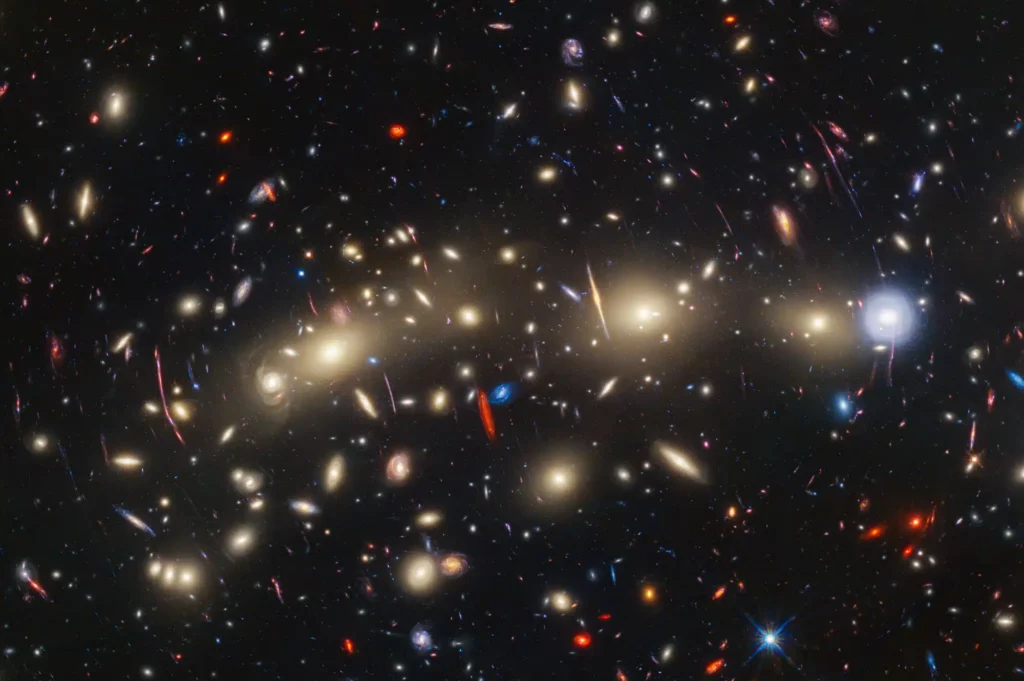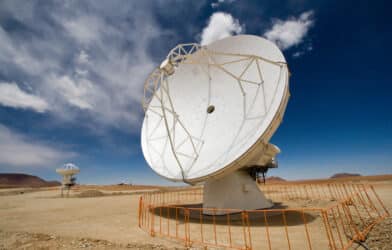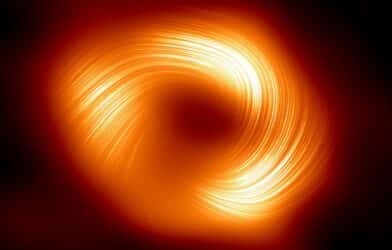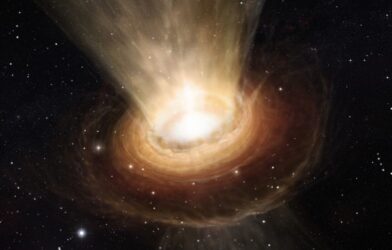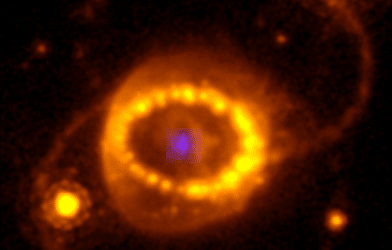NASA’s James Webb Space Telescope and the Hubble Space Telescope are providing astronomers with one of the most detailed and colorful images of the universe yet. They’ve focused their gaze on an enormous galaxy cluster named MACS0416, located about 4.3 billion light-years away from Earth, where two galaxy clusters are in the midst of a colossal collision. This event is significant as it offers a glimpse into the processes that lead to the formation of even larger galaxy clusters.
The combined image is remarkable for its panchromatic view, which melds visible and infrared light to reveal features of the universe that were previously undetectable. This includes not only the galaxies within the cluster but also those that lie far beyond it, as well as various celestial objects whose brightness changes over time. The latter phenomenon, likely a result of gravitational lensing, occurs when massive objects like galaxy clusters bend and amplify the light from more distant objects behind them.
This celestial tableau is part of a series from the Frontier Fields program, which began in 2014 with Hubble leading the charge to locate some of the faintest and youngest galaxies known. The James Webb Space Telescope enhances this exploration with its advanced infrared capabilities, enabling an even deeper look into the early universe.
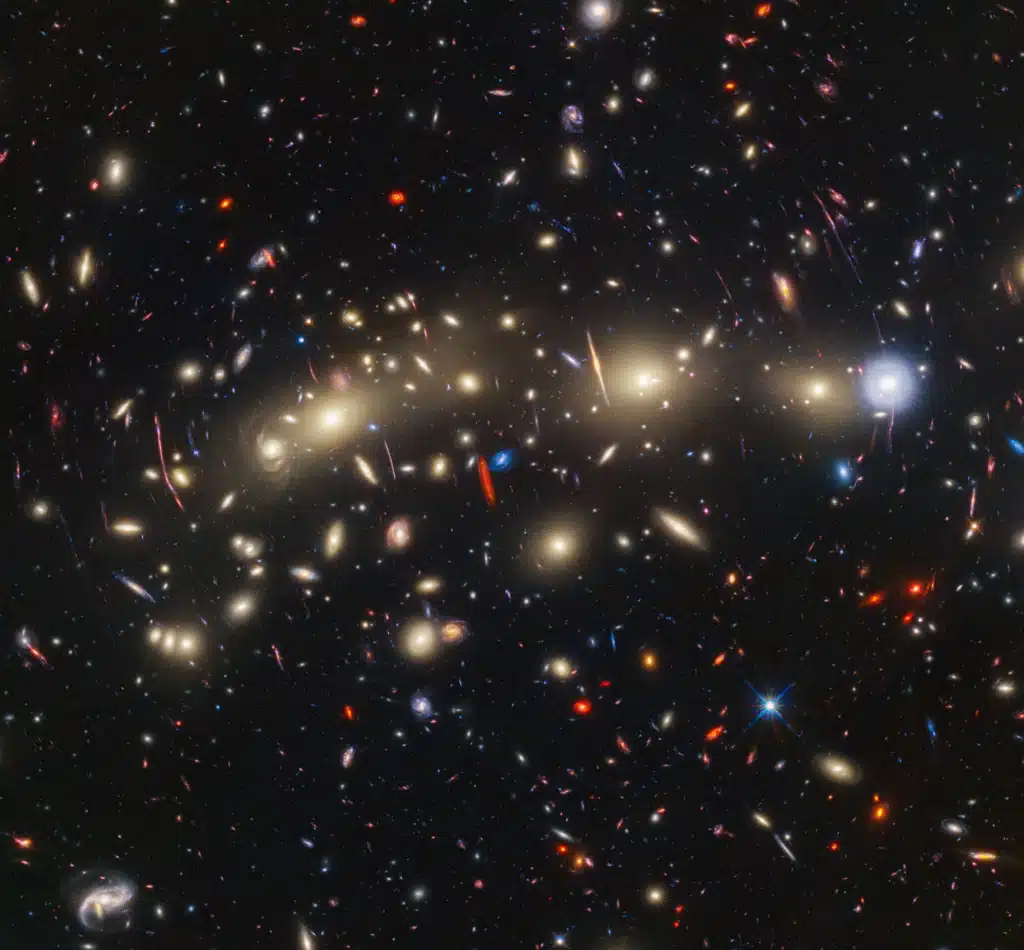
“We are building on Hubble’s legacy by pushing to greater distances and fainter objects,” says Rogier Windhorst, principal investigator of the PEARLS program, in a statement.
The colors in the image are not just for show; they carry significant meaning. The shortest wavelengths of light are shown as blue, and these often represent galaxies closer to us with active star formation. The longest wavelengths appear red, pointing to more distant galaxies. Some galaxies appear red due to cosmic dust, which absorbs the blue light from stars.
In an affectionate nod to the holiday season and the vibrant image, the cluster has been dubbed the “Christmas Tree Galaxy Cluster.” The research team, scouring through data, discovered 14 transients, or objects varying in brightness, some likely being individual or multiple-star systems magnified by gravitational lensing, while others are probable supernovae.
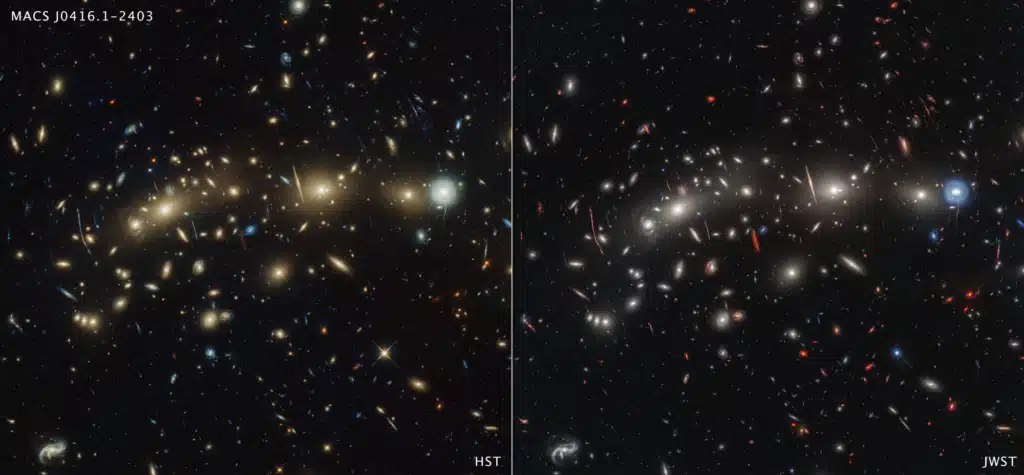
One transient, in particular, has caught the astronomers’ attention. A star system they’ve nicknamed “Mothra,” due to its immense brightness and magnification, is thought to be magnified by at least a factor of 4,000. This follows another significant find by the team, a lensed star they named “Godzilla”.
The prolonged visibility of Mothra, despite the necessary precise alignment for such magnification, suggests an additional object in the foreground cluster contributing to the effect. This object, potentially a faint globular star cluster, has been termed a “milli-lens” by the researchers.
Jose Diego, who led the study on this intriguing find, suggests that a globular star cluster might be responsible, though the exact nature of this lensing object remains a mystery.
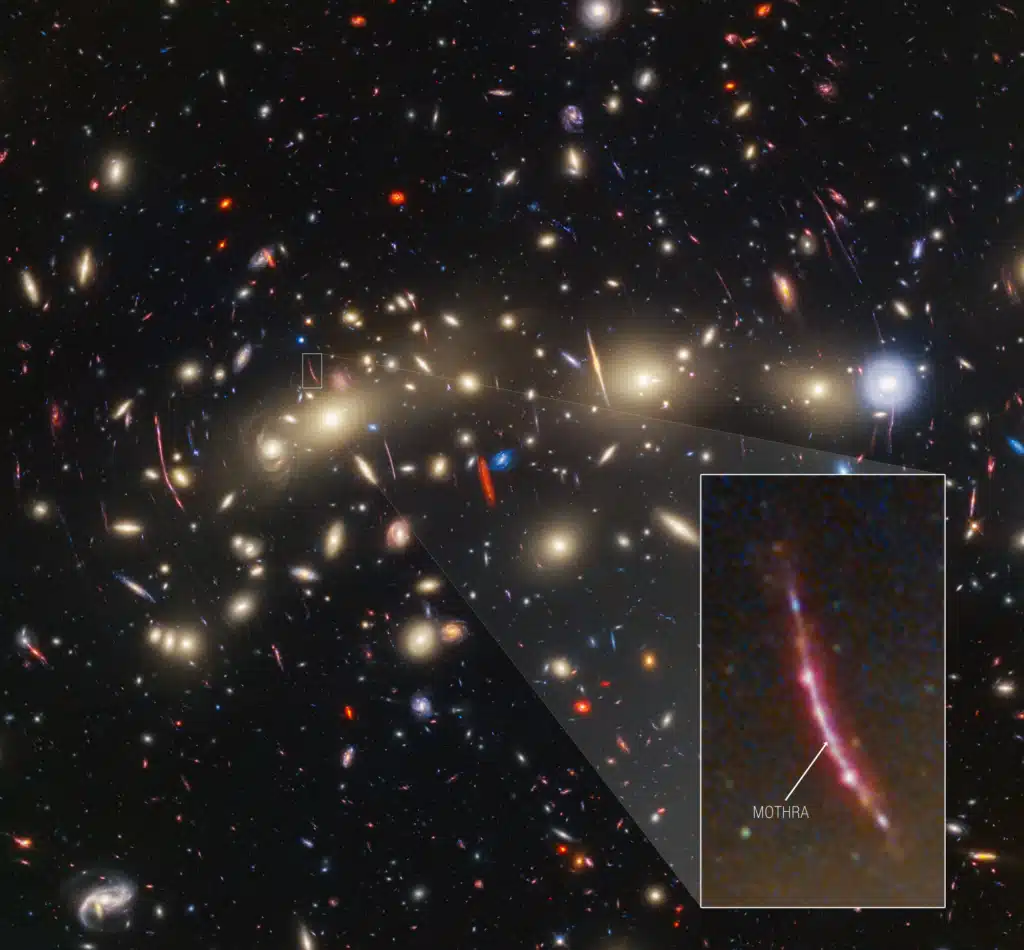
These findings, poised to advance our understanding of the universe, are documented in two scientific papers, one accepted for publication in The Astrophysical Journal and the other already published in Astronomy & Astrophysics. The data from Webb was acquired as part of the PEARLS GTO program 1176, marking yet another milestone in space exploration and astrophysics.
